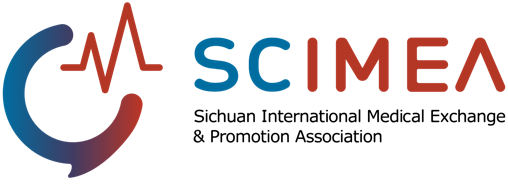MedComm-Biomaterials and Applications | Advances in organ-on-a-chip for the treatment of cardiovascular diseases

Open the phone and scan

This figure compares OoC with 2D cell culture, organoids, and animal models and outlines the advantages and disadvantages. Figures were created with Photoshop CS6.
Cardiovascular disease (CVD) is currently a serious and growing public health problem. In tackling this challenge, organ-on-chip (OoC) technology, combined with cell culture and microfluidics, presents a powerful approach for constructing sophisticated tissue models in vitro that can simulate the physiological and pathological microenvironments of human organs. Nowadays, OoC technology has emerged as a pivotal tool in advancing our understanding of CVD pathogenesis, facilitating tissue regeneration studies, conducting efficient drug screening, and assessing therapeutic effects. Moreover, it offers a diverse array of study platforms for preclinical research, fostering innovative approaches towards combating CVD and improving patient outcomes. In this review, we first present the key advantages of OoC technology, including its highly relevant physiological microenvironment, incorporation of integrated functions, and the possibility of the construction of multiorgan-on-a-chip through microfluidic linkage. Then, we summarized the role of OoC in the construction of disease pathological models, which provides a new channel for the exploration of disease pathological mechanisms. Moreover, we discuss the application of this technology in cardiac regeneration and drug screening. Finally, we discuss the challenges of tissue models constructed based on OoC technology and the prospects of this innovative approach.
Article Access: https://doi.org/10.1002/mba2.63
More about MedComm-Biomaterials and Applications: https://onlinelibrary.wiley.com/journal/2769643x
Looking forward to your contributions.


